Related Research Articles
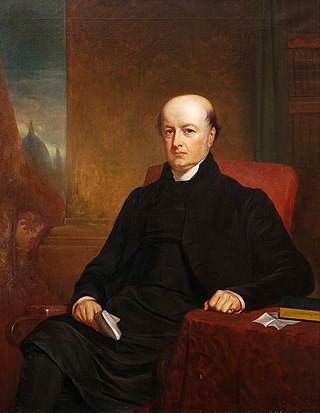
Charles James Blomfield was a British divine and classicist, and a Church of England bishop for 32 years.

Kensal Green Cemetery is a cemetery in the Kensal Green area of North Kensington in the Royal Borough of Kensington and Chelsea and the London Borough of Hammersmith and Fulham in London, England. Inspired by Père Lachaise Cemetery in Paris, it was founded by the barrister George Frederick Carden. The cemetery opened in 1833 and comprises 72 acres (29 ha) of grounds, including two conservation areas, adjoining a canal. The cemetery is home to at least 33 species of bird and other wildlife. This distinctive cemetery has memorials ranging from large mausoleums housing the rich and famous to many distinctive smaller graves and includes special areas dedicated to the very young. It has three chapels and serves all faiths. It is one of the Magnificent Seven cemeteries in London.

Connop Thirlwall was an English bishop and historian.
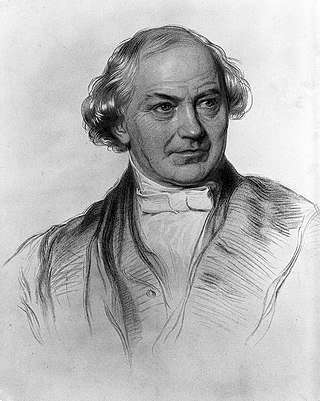
William Whewell was an English polymath, scientist, Anglican priest, philosopher, theologian, and historian of science. He was Master at Trinity College, Cambridge. In his time as a student there, he achieved distinction in both poetry and mathematics.

Arthur Cayley was a prolific British mathematician who worked mostly on algebra. He helped found the modern British school of pure mathematics.

John Singleton Copley, 1st Baron Lyndhurst, was a British lawyer and politician. He was three times Lord High Chancellor of Great Britain.
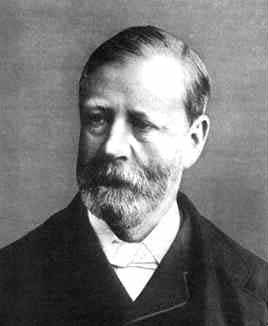
Rev. Henry William Watson FRS was a mathematician and author of a number of mathematics books. He was an ordained priest and Cambridge Apostle.
The De Morgan Medal is a prize for outstanding contribution to mathematics, awarded by the London Mathematical Society. The Society's most prestigious award, it is given in memory of Augustus De Morgan, who was the first President of the society. It is awarded every three years, usually to a mathematician living and working in the United Kingdom.
John James Blunt was an English Anglican priest. His writings included studies of the early Church.
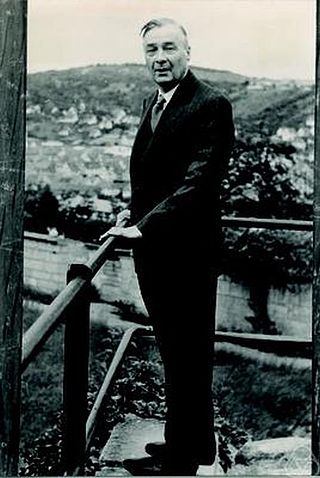
Philip Hall FRS, was an English mathematician. His major work was on group theory, notably on finite groups and solvable groups.
Flora Macdonald Mayor, was an English novelist and short story writer, who published under the name F. M. Mayor.

Edward John Routh was an English mathematician, noted as the outstanding coach of students preparing for the Mathematical Tripos examination of the University of Cambridge in its heyday in the middle of the nineteenth century. He also did much to systematise the mathematical theory of mechanics and created several ideas critical to the development of modern control systems theory.

Graham Higman FRS was a prominent English mathematician known for his contributions to group theory.
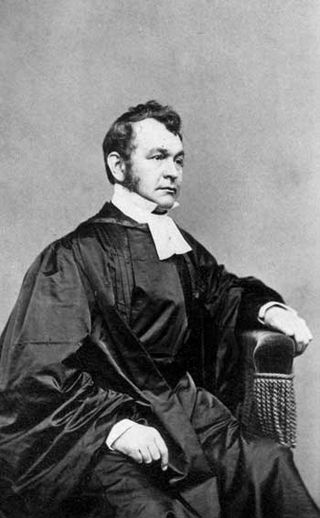
Arthur Cleveland Coxe was the second Episcopal bishop of Western New York. He used Cleveland as his given name and is often referred to as A. Cleveland Coxe.

Edward Harold Browne was a bishop of the Church of England.

William Garden Cowie was bishop of the Anglican Diocese of Auckland, New Zealand, from 1870 to 1902. Although he succeeded George Selwyn in having jurisdiction in this portion of New Zealand, he was the first bishop to be known specifically as Bishop of Auckland. His wife Eliza Jane Cowie (1835-1902) was a distinguished religious worker in her own right, and Bishop Cowie's journals refer frequently to her work with him.

Augustus De Morgan was a British mathematician and logician. He formulated De Morgan's laws and introduced the term mathematical induction, making its idea rigorous.
John Law (1745–1810) was an English mathematician and clergyman who began his career as a Fellow of Christ's College, Cambridge, and went on to become chaplain to the Lord Lieutenant of Ireland and Church of Ireland bishop of Clonfert and Kilmacduagh (1782–1787), Killala and Achonry (1787–1795), and finally of Elphin (1795–1810).

Humphrey Lloyd FRS FRSE MRIA was an Irish physicist and academic who served as the 30th Provost of Trinity College Dublin from 1867 to 1881. He was Erasmus Smith's Professor of Natural and Experimental Philosophy at Trinity College Dublin from 1831 to 1843. Lloyd is known for experimentally verifying conical refraction, a theoretical prediction made by William Rowan Hamilton about the way light is bent when travelling through a biaxial crystal. He was a Fellow of the Royal Society, and President of both the British Association and the Royal Irish Academy.
William Selwyn, was a Church of England clergyman, canon of Ely Cathedral, Lady Margaret's Professor of Divinity, and amateur astronomer.
References
- 1 2 3 4 "Higman, John Philips (HGMN812JP)". A Cambridge Alumni Database. University of Cambridge.
- ↑ De Morgan, Sophia Elizabeth (1882). Memoir of Augustus De Morgan. London: Longmans, Green, & Co. p. 12.
- ↑ Demetriou, K. N., ed. (2014). Brill's Companion to George Grote and the Classical Tradition. BRILL. p. 109. ISBN 9789004280496.
- ↑ Sir Robert Rede's Lectures (and Mathematical Lecturers), venn.lib.cam.ac.uk